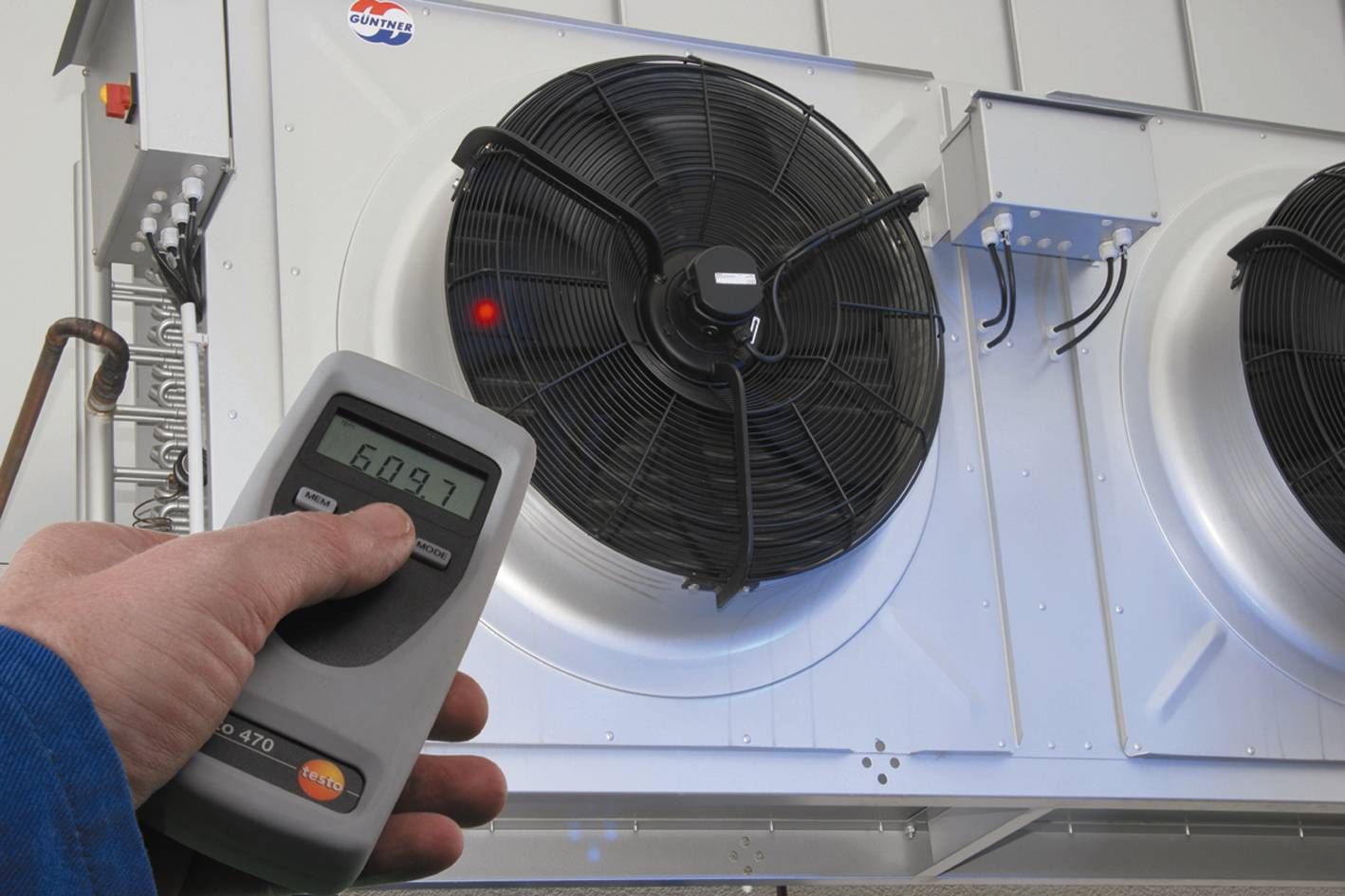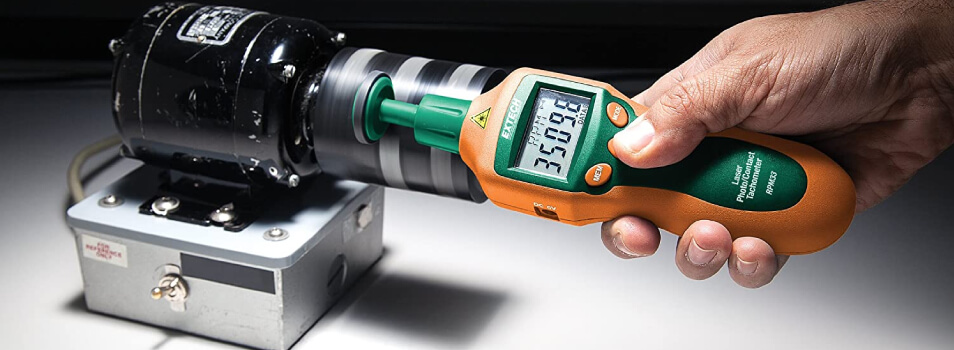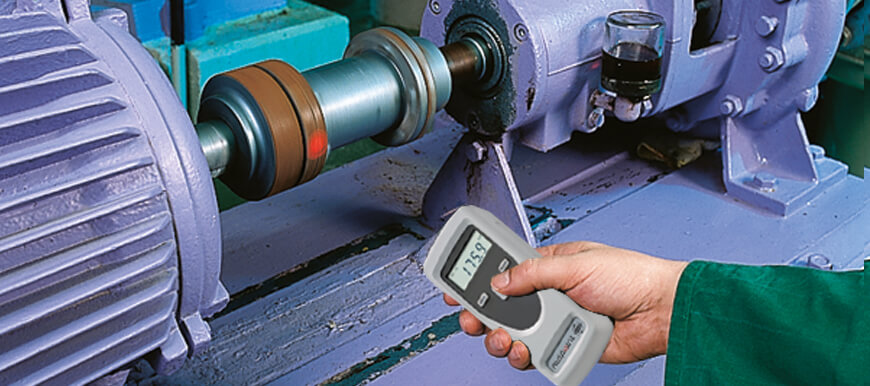Troubleshooting a tachometer can be a daunting task if you don’t know what you are looking for. But fear not! By following this comprehensive guide, you will master the skills needed to identify and resolve common issues with your tachometer. This article is specifically crafted to cater to industry QA professionals, empowering you with the knowledge to handle tachometer glitches effectively.
A tachometer is a device that measures the rotation speed of a shaft or disk, such as in a motor or other machine. The primary keyword, how to troubleshoot a tachometer, is vital for ensuring your tachometer functions accurately. Whether you are dealing with mechanical, electronic, or digital tachometers, the following insights will be invaluable.

Understanding Tachometers
What is a Tachometer?
A tachometer is an instrument that measures the speed of rotation of a shaft or disk, usually in RPM (revolutions per minute). Tachometers are crucial in various applications, including automotive, aerospace, and industrial machinery.
Types of Tachometers
There are several types of tachometers, each serving specific purposes. The main types include:
- Mechanical Tachometers: These are traditional devices using mechanical means to measure rotational speed.
- Electronic Tachometers: These use electronic signals for measurement and are often more accurate.
- Digital Tachometers: These provide digital displays of RPM and other data, integrating modern technology for precise readings.
Why Troubleshoot a Tachometer?
Regular troubleshooting ensures that your tachometer is functioning correctly, which is critical for maintaining the efficiency and safety of your machinery.
Common Problems in Tachometers
Identifying common problems in tachometers can help in timely troubleshooting. Common issues include:
- Inaccurate Readings: This could be caused by calibration issues or sensor malfunctions.
- Display Errors: Faulty displays can lead to misinterpretation of data.
- Mechanical Wear and Tear: Over time, mechanical parts may wear out, affecting performance.
- Electrical Issues: Faulty wiring or power supply issues can disrupt the tachometer’s functioning.
Step-by-Step Guide to Troubleshooting a Tachometer
Step 1: Initial Inspection
Begin with a visual inspection of the tachometer and its associated components. Look for signs of damage, wear and tear, or loose connections. Use this time to ensure that all parts are securely in place and free from debris.
Step 2: Calibration Check
Calibration is crucial for accurate readings. Verify the calibration settings of your tachometer and adjust them if necessary. Consult the manufacturer’s manual for specific instructions on calibrating your model.
Step 3: Sensor Examination
The sensor is a key component that can affect the performance of the tachometer. Check the sensor for any physical damage or alignment issues. Ensure it is clean and positioned correctly.
Step 4: Electrical Inspection
Inspect the electrical components, including wiring and connectors. Look for signs of fraying, corrosion, or loose connections. Use a multimeter to check for proper voltage levels and continuity.
Step 5: Test Run
Conduct a test run to observe the tachometer’s performance under operating conditions. Monitor for any anomalies in the readings or unusual behavior.
Step 6: Consult the Manual
If issues persist, refer to the tachometer’s manual. Manufacturers provide detailed troubleshooting guides specific to their models.
Advanced Troubleshooting Techniques
Using Diagnostic Tools
Advanced diagnostic tools can help in identifying subtle issues that are not visible through manual inspection. These tools can perform in-depth analysis and provide detailed reports.
Troubleshooting Software Issues
For digital tachometers, software issues might be the root cause. Ensure that the firmware is updated and running correctly.
Hiring a Professional
In cases where the problem is complex, it might be best to consult a professional technician who specializes in tachometers.
Preventing Tachometer Issues
Regular Maintenance
Regular maintenance is key to preventing issues. Schedule periodic checks and cleanings to ensure the tachometer stays in good condition.
Proper Handling
Handle the tachometer with care to avoid physical damage. Proper usage and storage can significantly extend the life of the device.
Timely Repairs
Address any issues promptly to avoid them escalating. Small repairs can prevent major problems down the line.

Frequently Asked Questions
What causes inaccurate tachometer readings?
Inaccurate readings can be caused by calibration issues, sensor misalignment, or electrical problems.
How often should I calibrate my tachometer?
It’s recommended to calibrate your tachometer at least once a year, or according to the manufacturer’s guidelines.
Can I troubleshoot a tachometer myself?
Yes, many issues can be resolved by following a systematic troubleshooting approach. However, for complex problems, it’s best to consult a professional.
For more detailed information on tachometers, you can visit Britannica.
For more information on high-speed applications and inspections, you can check out the following resources: Paint & Coating, Genetic Analysis, and Tachometer Information.
